Hens and Chicks Flowers: Do Hens And Chicks Plants Bloom
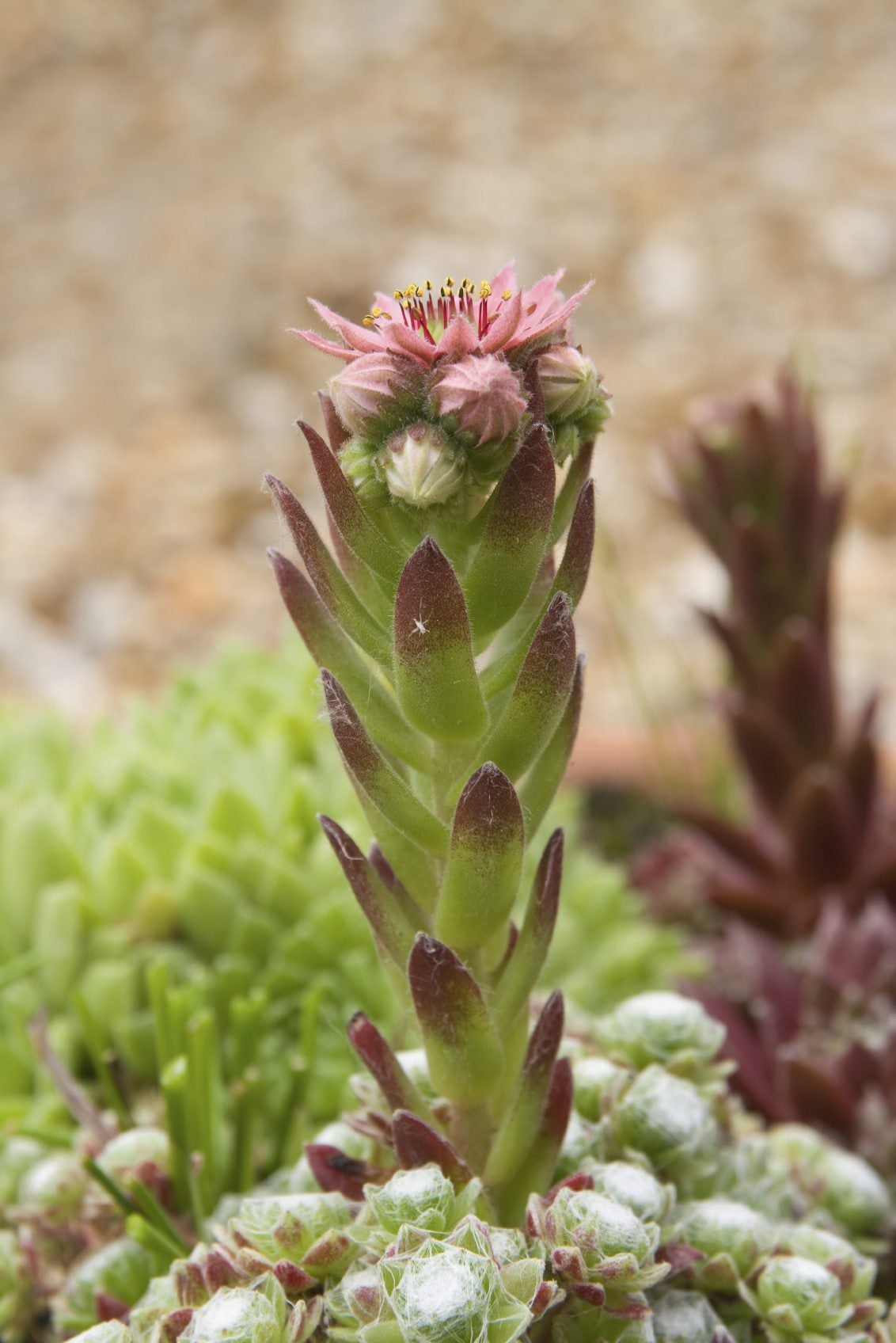

Hens and chicks have old-time charm and unbeatable hardiness. These little succulents are known for their sweet rosette form and numerous offsets or “chicks.” Do hens and chicks plants bloom? The answer is yes, but it spells demise for the flowering rosette in a life cycle that is unique among plants. Hens and chicks flowers are the plant's way of producing seed and a new generation of beguiling succulents.
When Do Hens and Chicks Plants Bloom?
A rambunctious clump of hens and chicks has a special allure to children and adults alike. The small plants are adaptable and resilient, producing flower-like clusters of varying-sized rosettes. Gardeners new to the plants may say, “My hens and chicks are flowering,” and wonder if this is a natural occurrence. Blooms on hens and chicks plants are not only natural but an additional wonder with this fun, diminutive Sempervivum. I love to walk the garden and see that my hens and chicks are flowering. This generally occurs in summer when the long warm days and bright light jar the plant’s instincts to form blooms. This signals the beginning or end of the plant’s life cycle, depending upon whether you are a glass half empty or glass half full kind of gardener. Hens will usually live for 3 years before they form flowers but, occasionally, stressed plants will bloom earlier. The tiny, starry flowers amp up the magic of these succulents, but it does mean the plant is forming seed and will die. Not to despair, though, because the lost plant will quickly fill in with a new rosette and the cycle will march on yet again.
About Hens and Chicks Flowers
A blooming hen on a hen and chicks plant is often referred to as a "rooster." The individual rosettes will begin to elongate and lengthen vertically when it is time to produce flowers. The process lends an alien appearance to the normally low-growing plants, with flower stalks that can get from a few inches (7.5 to 10 cm.) up to a foot (30.5 cm.) in length. Removing the budding stem can’t save the rosette. The blooms on hens and chicks plants are a part of a monocarpic process. That means they flower, seed, and then die. There is nothing to be done about it so you might as well enjoy the pink, white, or yellow flowers with bristling, erect stamen. Their work will soon be done, but the plant should already have produced many smaller rosettes, the future of the line.
Hens and Chicks Flower Care
As with the entire plant, hens and chicks flower care consists of neglect. You can leave the bloom until it has finished and the stem and base rosette will dry out and die. Clip off the stem rather than pulling it out of the living cluster or you may end up yanking some of the precious offsets. You may also choose to let nature take its course and leave the dying stem as proof of an interesting life cycle, which will eventually break off and compost in the area. The young chicks will grow larger and fill in any gaps the parent plant made when bidding its fond farewell to this world. So enjoy the flowers and the guarantee of everlasting life this plant has in its offspring.
Gardening tips, videos, info and more delivered right to your inbox!
Sign up for the Gardening Know How newsletter today and receive a free copy of our e-book "How to Grow Delicious Tomatoes".

Bonnie Grant is a professional landscaper with a Certification in Urban Gardening. She has been gardening and writing for 15 years. A former professional chef, she has a passion for edible landscaping.
-
 Looking For Plants To Give You The Soft And Fuzzies? Try These 5 Fuzzy Leaf Plant Options
Looking For Plants To Give You The Soft And Fuzzies? Try These 5 Fuzzy Leaf Plant OptionsLovers of texture, drama, silver foliage and tactile plants will adore these special sensory garden additions. These fuzzy leaf plant options will leave you all aglow
By Susan Albert
-
 Get Ready For A Summer Of Hummers! Grow These Full Sun Hummingbird Plants and Flowers
Get Ready For A Summer Of Hummers! Grow These Full Sun Hummingbird Plants and FlowersIf you’re lucky enough to enjoy a sunny backyard, make sure you are maxing out on your pollinator opportunities and grow these full sun hummingbird plants and flowers
By Tonya Barnett
-
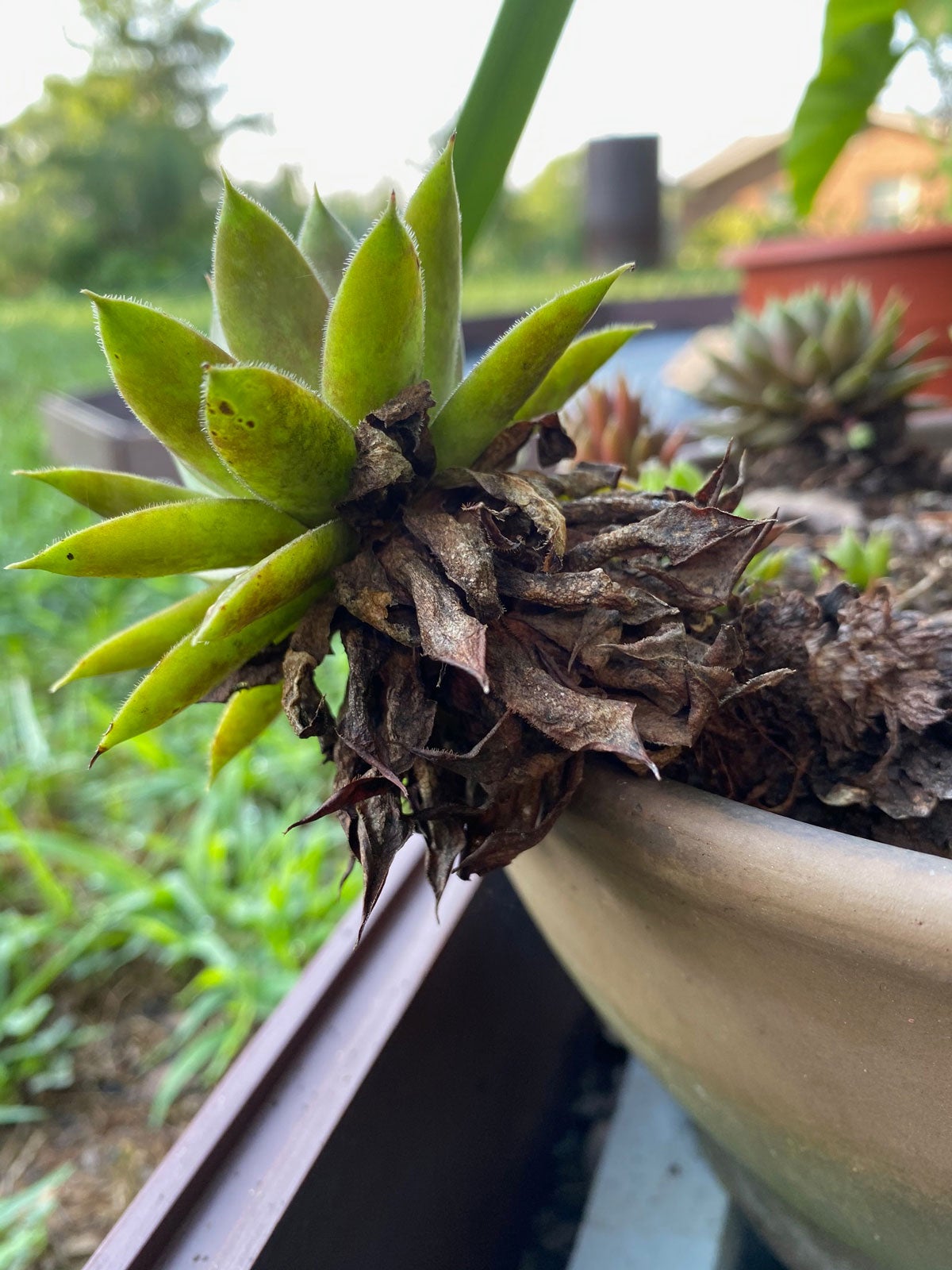 Sempervivum Is Dying: Fixing Drying Leaves On Hens And Chicks
Sempervivum Is Dying: Fixing Drying Leaves On Hens And ChicksIf you’re growing hens and chicks plants, you may be wondering what causes them to die. Click here to find out and learn what to do.
By Becca Badgett
-
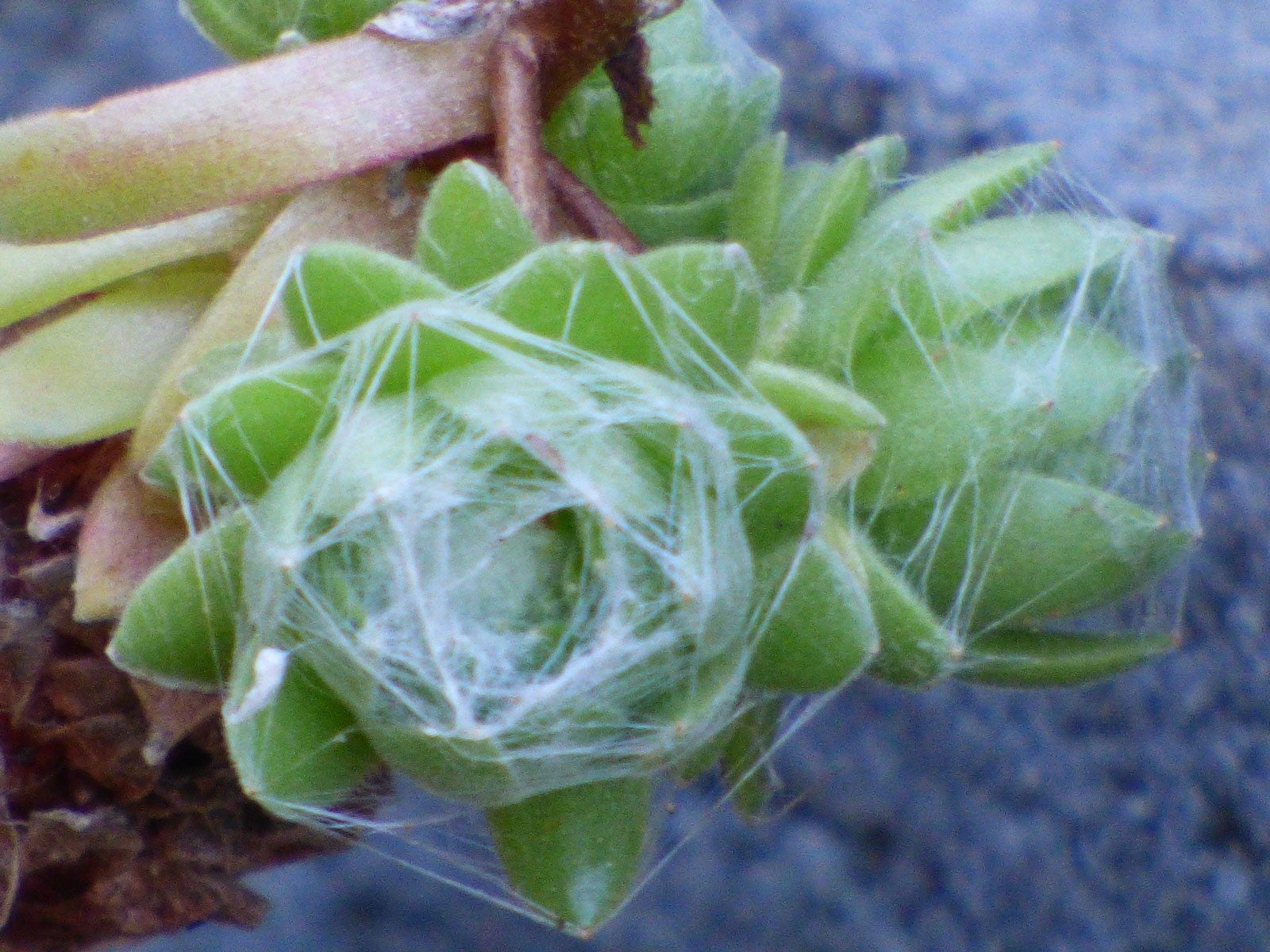 Cobweb Houseleek Care – Growing Cobweb Hens And Chicks
Cobweb Houseleek Care – Growing Cobweb Hens And ChicksA favorite outdoor plant, cobweb hens and chicks may already be growing in your garden or container. This interesting plant is covered with a cobweb-like substance, making it much sought after by many growers. Click here to learn more about this succulent.
By Becca Badgett
-
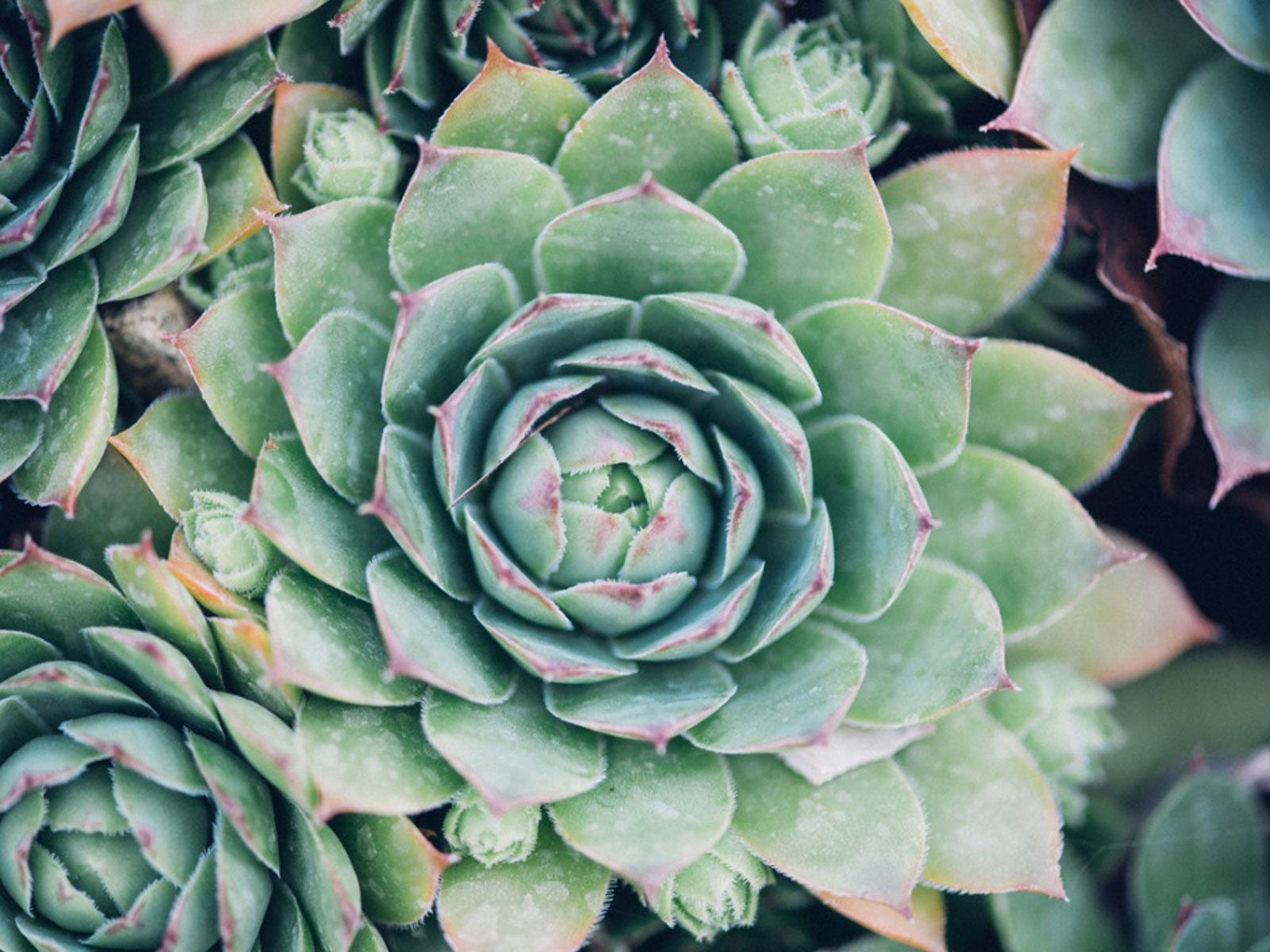 Sempervivum Growing Conditions – Learn How To Grow Sempervivum Plants
Sempervivum Growing Conditions – Learn How To Grow Sempervivum PlantsSempervivum care and maintenance are almost task free and their lovely rosettes and hardy nature are stand outs among the garden. Read this article to get some sempervivum information and learn how to grow and care for these amazing plants.
By Bonnie L. Grant
-
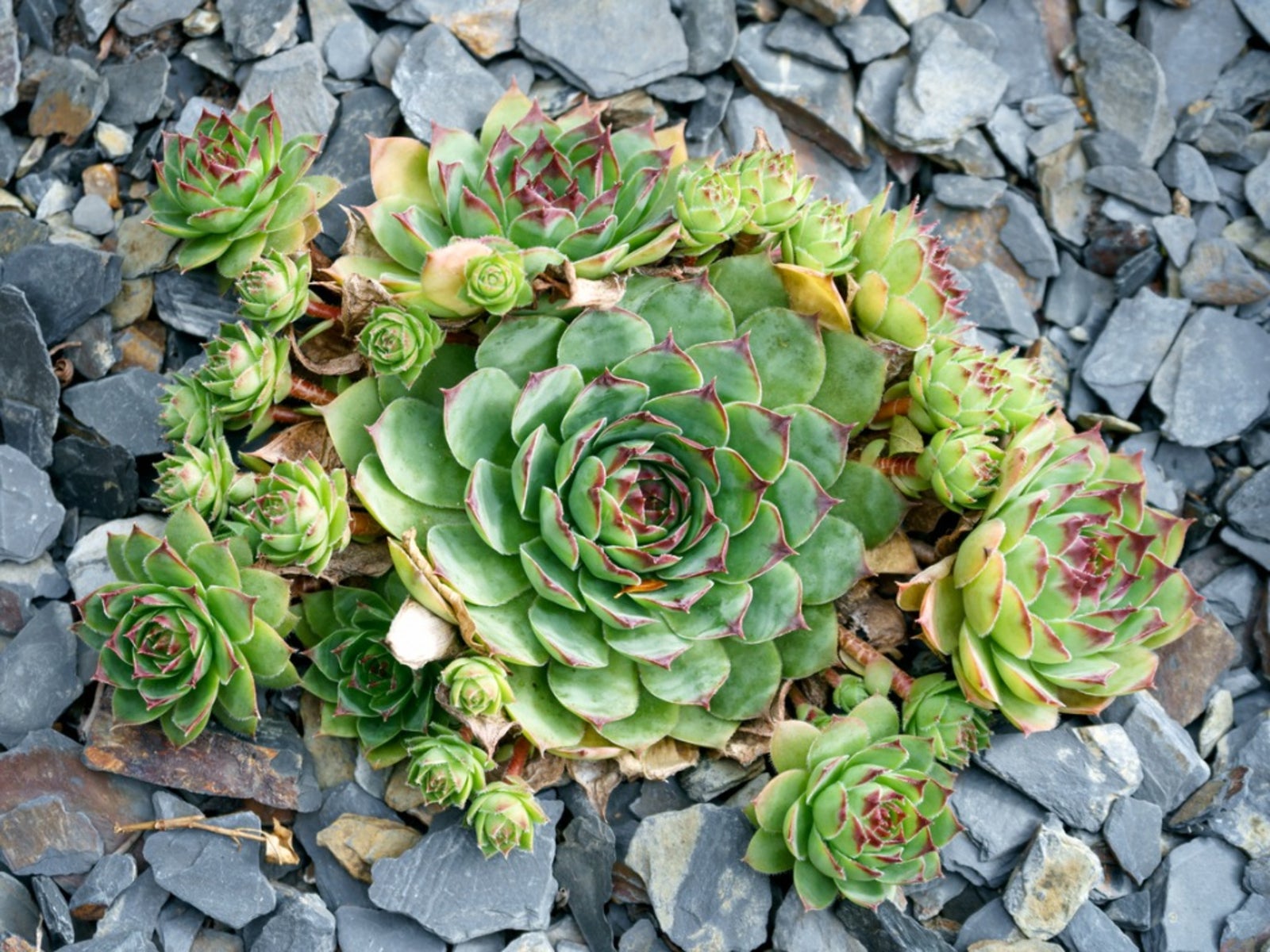 Growing Hens And Chicks - Using Hens And Chicks In Your Garden
Growing Hens And Chicks - Using Hens And Chicks In Your GardenHens and chicks are members of the Sempervivum group of succulent plants. They are commonly called houseleeks and grow well indoors and out. Read here for tips on growing hens and chicks.
By Bonnie L. Grant